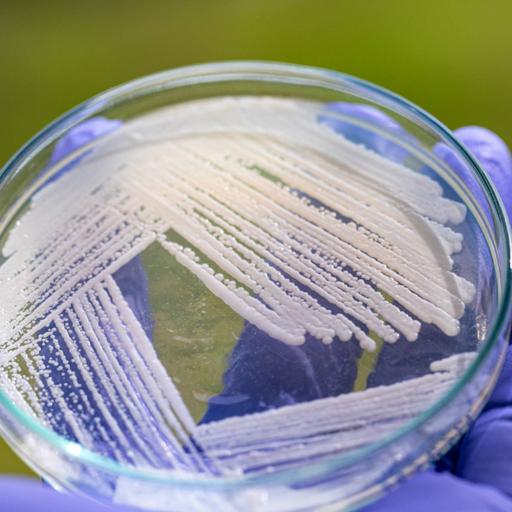Growth and Reproduction of Fungi
Presentations | English
Fungi can be single celled or very complex multicellular organisms. They are found in just about any habitat but most live on the land, mainly in soil or on plant material rather than in sea or fresh water. Fungi can reproduce asexually by fragmentation, budding, or producing spores, or sexually with homothallic or heterothallic mycelia. Most fungi reproduce by forming spores that can survive extreme conditions such as cold and lack of water. Both sexual meiotic and asexual mitotic spores may be produced, depending on the species and conditions. Most fungi life cycles consist of both a diploid and a haploid stage. Under favourable environmental conditions, fungal spores germinate and form hyphae. During this process, the spore absorbs water through its wall, the cytoplasm becomes activated, nuclear division takes place, and more cytoplasm is synthesized. The wall initially grows as a spherical structure. The presentation will give you further insight on the topic.

9.25
Lumens
PPTX (37 Slides)
Growth and Reproduction of Fungi
Presentations | English
